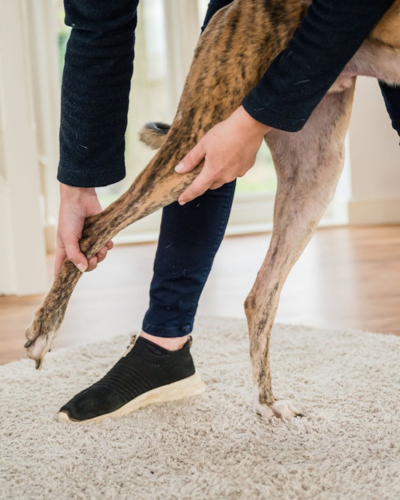Your animal always deserves the best care.

Currently, no Charter or regulation exists for Veterinary Physiotherapy, which can lead to confusion when trying to find a suitable practitioner. All NAVP members hold the highest levels of recognised university qualifications (level 6 and above), as well as meeting further robust membership requirements.
Further to academic achievements, NAVP members are highly experienced and passionate about Veterinary Physiotherapy, bringing a wealth of knowledge and experience beyond physiotherapy techniques and skills.
NAVP members are dedicated to their profession and the care of the animals they serve.
Whether your animal needs post-operative rehab, support with chronic conditions, or performance enhancement, NAVP veterinary physiotherapists are here to help. Explore profiles to find professionals with the right experience, species expertise in your area to suit your animal’s unique needs. From horses to household pets, we’ll help you connect with the right veterinary physiotherapist to support recovery, mobility, and wellbeing.
You can be confident that all NAVP members have met the highest level entry requirements. NAVP has a rigorous renewal process which ensures that these standards are maintained and member credentials are checked annually. This allows NAVP to self-regulate and maintain robust professional standards expected in Veterinary Physiotherapy.
Choosing the right musculoskeletal practitioner can be challenging. Working with an NAVP member takes that uncertainty away. NAVP members choose to dedicate their training and experience to the animal profession. They bring a wealth of experience and passion alongside qualifications and training.
NAVP continues to drive the highest standards of evidence-based Veterinary Physiotherapy, in-line with scientific, industry and technological changes.
By choosing a registered NAVP member you can be assured that they:

Find all the latest news, insights and events in Veterinary Physiotherapy here
